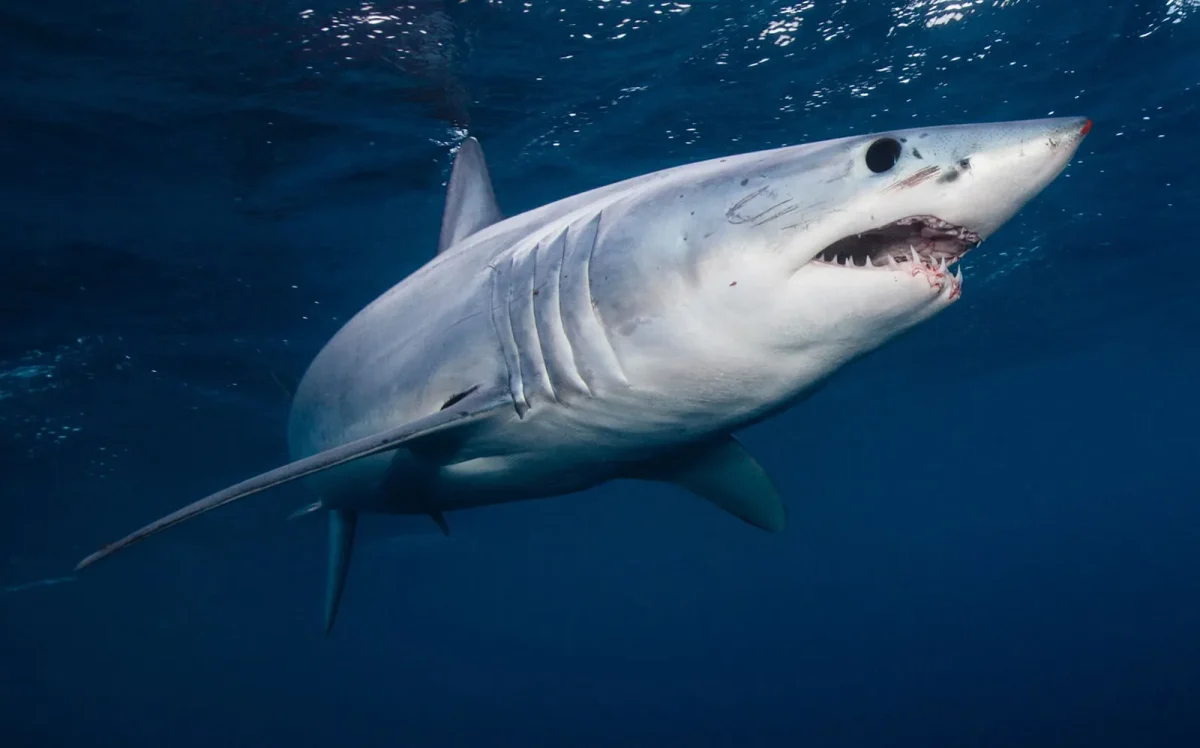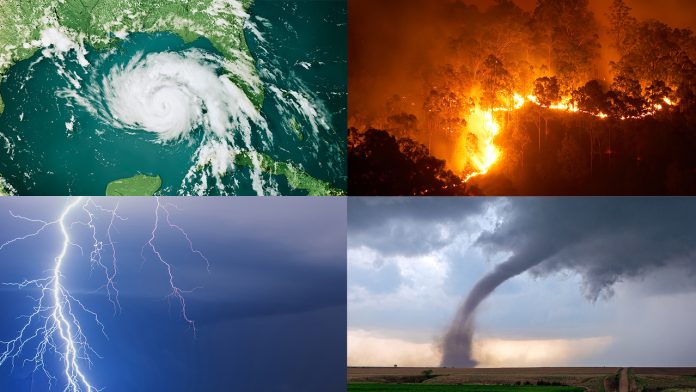Sharks are very interesting and important. However, not many people go out to learn more about them. It is good to get more people to learn about sharks so they can appreciate them more.
Hunting
Sharks-World reports that sharks tend to spend most of their activities in the afternoon and prefer to do their hunting at night. During these hunts they are usually solitary: hunting alone most of the time. However, on special occasions, like in periods of mating or in zones of abundance of food, they meet with other sharks.

Some species of sharks form social structures based on groups called “schools.” Since sharks don’t need special protection against predators, they don’t usually form groups, but the sharks that do socialize with one another usually segregate according to the size of the shark.
Still, some species of sharks hunt in groups when it comes to hunting large prey. Sharks form these large groups and all cooperate by surrounding the prey. When they have prey captive, they gradually approach it until one of the predators eventually takes the first bite. It is then the others begin to attack it. However, this cooperative behavior is extremely rare.
Locating food
When locating food, sharks primarily use chemical senses, particularly their olfactory sense (their sense of smell). According to Britannica, their visual acuity is adapted to both close and long-range location, as well as to distinguish moving objects more by their reflection than by their color, in dim or bright light. Their pit organs over their body also serve the purpose as distance touch receptors, responding to displacements produced by sound waves. If they sense irregularly pulse signals below 800 herts it will help them navigate from a considerable distance by bringing them rapidly to a certain point.
Additionally, electroreception, the ability to sense minute electrical activity, works effectively at short distances for sharks. Though electroreception may be the last sensory system used to direct sharks towards its prey before capturing it.
Shark’s feeding habits vary with its searching and detection methods. Their teeth aid in biting since their teeth are adapted to shearing and sawing, making it easier for helping them to bite into their food. They do this by moving into position, protruding their jaws, and locking their teeth in position.
Habitats
According to Discovery, the sharks have a range of aquatic habitats. Some species live in coral habitats, deep water ocean habitats, or even residing in open ocean habitats.
The open ocean, or pelagic zone, is about 300 million cubic meters of water. It is an area of water outside the costal areas. The ocean sharks, or pelagic sharks, inhabiting the open oceans are mostly migratory and constantly moving to hunt for food. These types of sharks can include blue sharks, whale sharks, oceanic white-tip sharks, and shortfin mako sharks.

The deep ocean is the least explored place on the planet, leaving this shark habitat the least understood. The deep oceans are areas below 660 feet (or 1000 to 2000m) of the surface and is where some of the most fascinating and strange looking sharks call home. Deep ocean sharks can include goblin sharks, fill sharks, ninja lantern sharks, cookie cutter sharks, and Greenland sharks.

Coral reefs are home to 25% of sea life, meaning that reef sharks are important in maintaining the balance of the worlds most beautiful and colorful marine ecosystem. The sharks that live here are blacktip reef sharks, Caribbean reef sharks, zebra sharks, and gray reef sharks. These sharks are quite curious but aren’t aggressive. They eat the other animals there like other fish, crabs, lobsters, and squid.
Will sharks go extinct?
It takes many years for sharks to mature, they only have a few offspring at a time, and are highly migratory. This makes them unique but also vulnerable.
According to Oceans Today it says, “While the majority of shark species have sustainable populations, a number of them have been shrinking at an alarming rate. For these species, overfishing, bycatch, and shark fishing are contributing factors in their decline.”
This is a problem because sharks play a vital role in the ecosystem. This is because they’re at the top of the food chain. They help keep the ecosystem healthy by feeding on animals lower on the food chain.
Additionally, sharks also aid with our ocean. The World Wildlife Fund, (WWF), mentioned, “With our oceans severely degraded, restoring sharks is key to improving the resilience of these water bodies to climate change.” So if they get even more endangered not only will they badly affect the ecosystem but it’ll also affect the climate for the worse.
Solution
One solution to prevent the threat of shark extinction is to try and establish legal protections for endangered shark species. An example of this is the Shark Conservation Fund. They are establishing legal protection in key geographical areas. More specifically they are planning to,
- “Prohibit the catch and retention of threatened, endemic, or limited distribution species.”
- “Implement conservation action plans for threatened limited distribution, endemic or data deficient shark and ray species.”
- “Limit fishing gear that results in high levels of incidental shark catch and mortality.“
Overall, this is just one out of the several solutions out there. Having people or organizations take action to prevent these shark problems will help sharks greatly in the long run.













